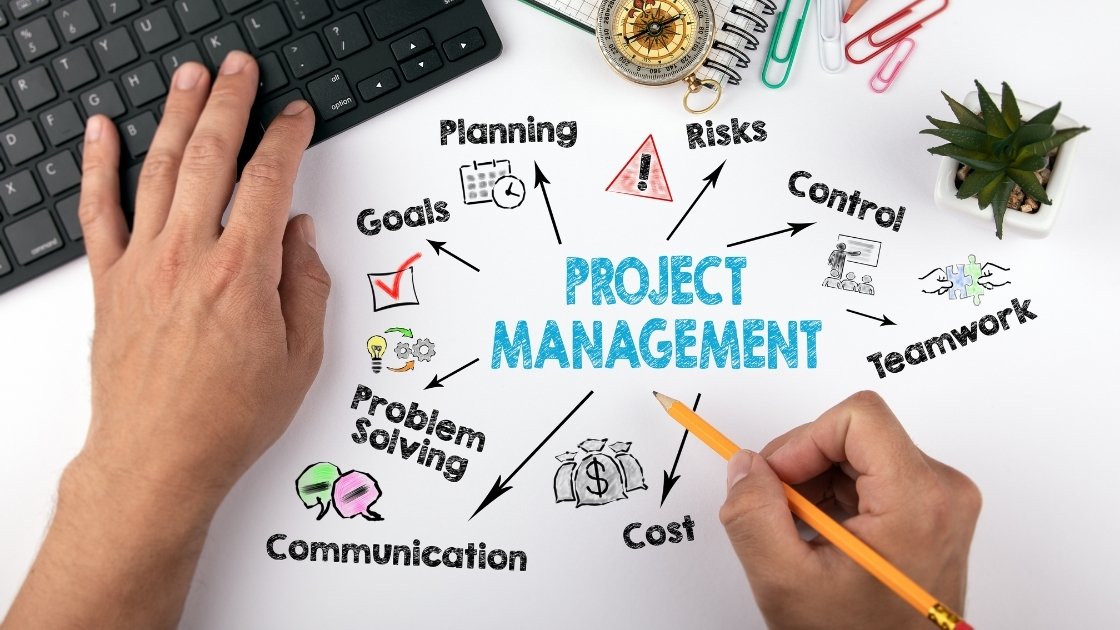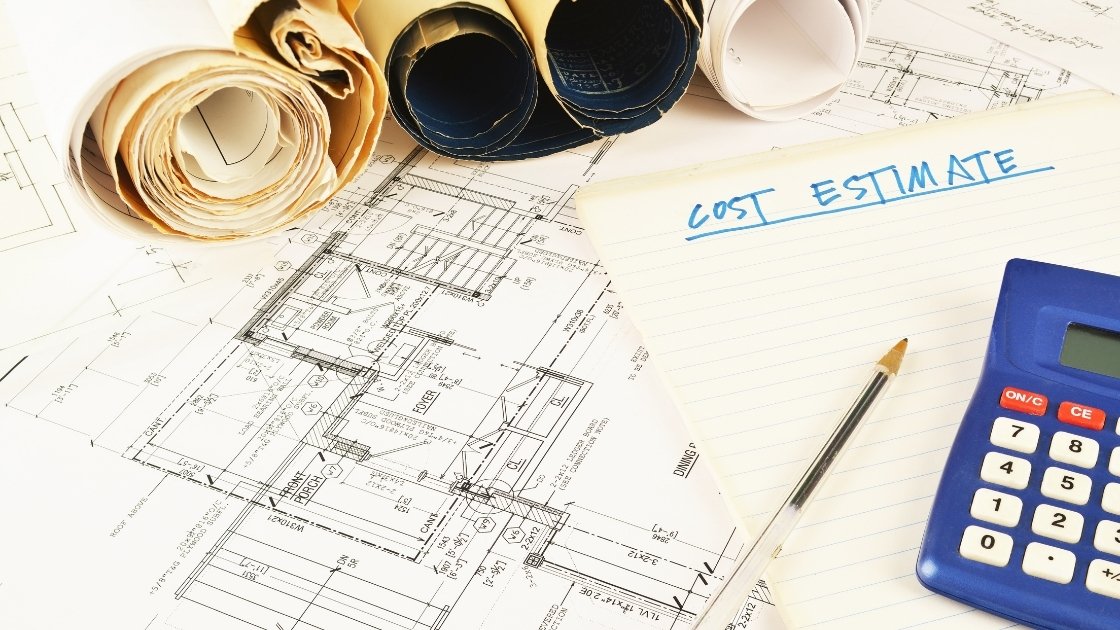What are the functions of Construction Management?
Effective Construction Management is the key to successful construction companies. Businesses must ensure that they follow best practices in managing core construction management functions to make this possible.

A construction company that is attentive to safety management will reap the benefits. Employee productivity will increase due to safer working conditions. It will lead to faster completion of projects. The firm will also avoid worker injury and fatality costs and possible fines from regulatory agencies for safety negligence.
Functions of Construction Management
The six major functions of construction management are:
Function 1. Project management
Project management in construction involves the creation of a plan and its implementation. It means utilizing the best project management methods and technological solutions for a business to plan and monitor project costs and team performance.

You can take the following steps:
a. Secure bids for projects
Pre-construction project management is all about managing the bidding process. It involves establishing well-planned bid management procedures and using cost estimation software and takeoff solutions to create winning bid proposals.
b. Choose the right construction method
Determine if you are using the correct methodology. Going lean may be an option if you have high rework rates and manage multiple projects simultaneously. Agile methodologies are also useful in helping to analyze risks and identify bottlenecks through the dissection of complex projects.
c. Develop and implement a successful construction management plan
Effective building planning requires clearly defining project scope, goals and budget. All team members must be aware of the project's goals, expectations, and budget. Construction management tools are useful in setting goals for teams and keeping track of their performance.
Function 2. Cost management
Cost management refers to the monitoring and reporting costs during a project's entire life cycle. It means that businesses need the right tools and processes to help them set the budget in the initial stages and track costs over time to avoid overruns.

You can take the following steps:
a. Make accurate estimates
To create a project cost estimate, you will need the most current data, such as prices for labour and materials. Instead of using manual methods that are susceptible to errors, cost estimating software is integrated with cost databases such as RS Means.
b. Manage, plan, and monitor the budget
To create an effective budget, you need to analyze the three project constraints--scope and schedule and costs. You should review the design to identify any potential issues that could cause delays. You should also be aware of scheduling loopholes and monitor additional expenses, such as change-order surprises, that could cause budget problems.
Function 3. Time management
Time management refers to the planning and scheduling tasks and activities to meet deadlines and maximize profitability. It includes managing employees, delegating tasks and training, managing projects, and managing priorities (risk management). You can take the following steps:
a. Create a project schedule that works
Once the tasks have been identified and the people responsible for them, you can use your preferred scheduling method. You can use data visualization tools like construction scheduling software and Gantt chart solutions to help you understand task interdependencies.
b. Create a risk management program
This plan will help you assess and identify all risks and plan for the best possible solutions. Documentation and communication are key to risk management. A construction software system can help this aspect with built-in document management functionality or a dedicated document management tool to store and share documents centrally.
Function 4. Quality Management
Quality management refers to ensuring that projects are completed according to client satisfaction. It is for businesses. It means that they establish quality control and assurance processes. You can take the following steps:
a. Create assurance plans and define quality standards
The first step in defining the quality requirements for a project is to do the research. It can include industry standards such as ASTM or ANSI. Once you have identified the requirements, you must document them in your company's quality standard program. Then it would be best if you drafted a quality assurance strategy to inform clients and guarantee compliance with quality standards.
b. Establish quality control procedures
Once you have identified quality standards, it is time to train employees and define their roles and responsibilities to establish accountability. Monitoring compliance with quality standards is done by performing a surprise inspection of material quality, reviewing status reports on change orders, and periodically revising supervision methods.
Function 5. Contract administration
Construction contract administration refers to the process of a company fulfilling legal terms and conditions with various stakeholders, such as clients, architects and subcontractors. It means that businesses will need to create the role of contract administrator (CA), responsible for managing and handling legalese. You can take the following steps:
a. Develop a communication plan
The CA facilitates communication between the client and the business. The CA should create a communication plan to gather information from all project personnel. This plan should identify who to communicate with (identify members of the team with whom information is shared) and how to communicate (establish communication channels such as email, intra messaging platforms or collaborative tools).
b. Manage contractual documentation
Construction projects require a variety of contractual agreements, including the general condition contract and time and material contracts. Contract bids and subcontractor agreements are also required. Each of these contracts should be documented and updated as the project progresses.
CAs need contract management software specifically designed for construction companies to manage all documentation. These tools include features like contract templates, file sharing and version history.
Function 6. Safety Management
Safety management refers to the compilation of procedures designed to protect workers and ensure safety on construction sites. It includes identifying hazards on construction sites and teaching employees safety best practices.

You can take the following steps:
a. Increase awareness and identify safety hazards
Construction managers need to be aware of the various construction hazards, including electrocution, strikes-by, caught in or between, and falls. The managers should create a positive safety culture by providing safety training to their employees, defining safety protocols and inspecting job sites to ensure compliance with safety procedures.
b. Use technology to reduce risks
Hardware and software can all play an important role in improving safety on job sites. Field staff can share photos of unsafe conditions on construction sites with their mobile phones.
Building Information Modeling (BIM) tools are also useful for creating 3D models of buildings to help identify potential hazards. Newer technologies such as wearables or drones can also help predict worker injuries and inspect dangerous job sites.






